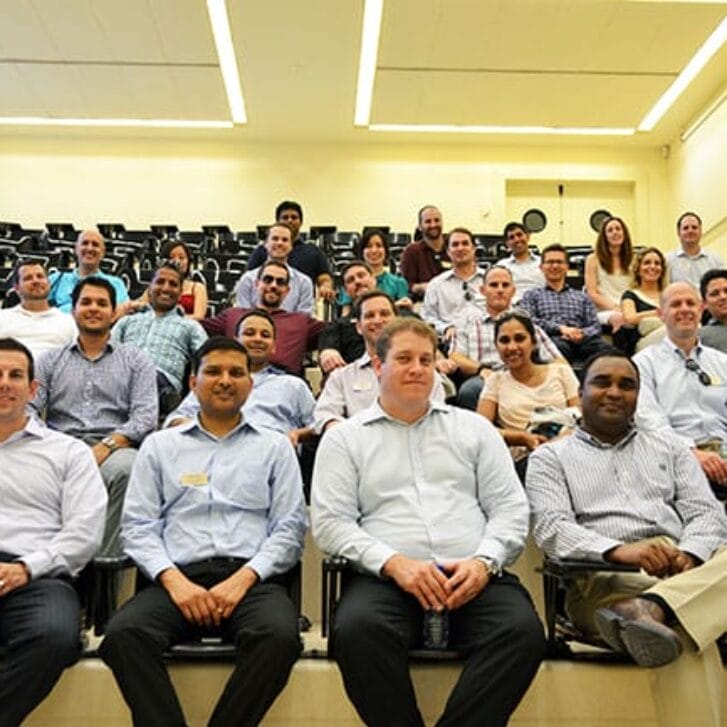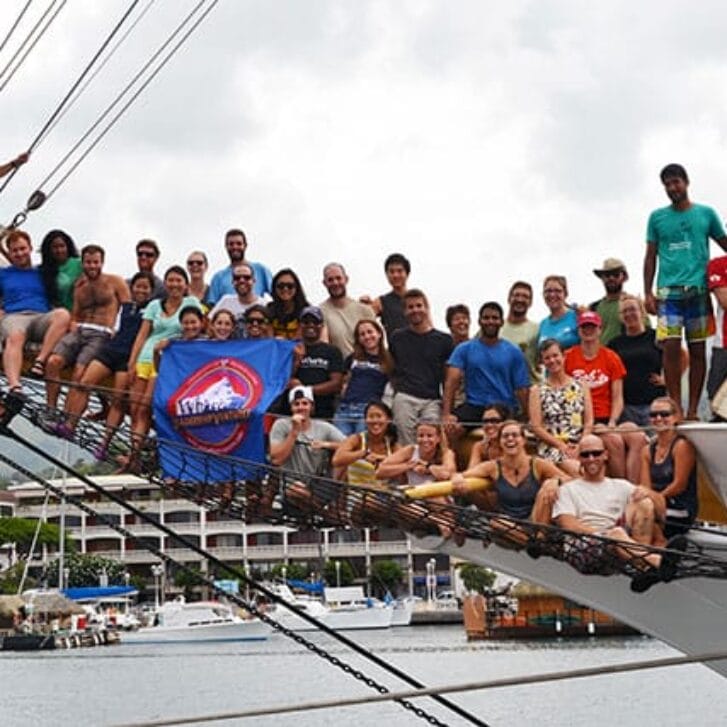The Land of the Rising Sun is full of contrasts. While technology is advancing at the speed of a bullet train, life can still be as serene as a Zen garden. A Global Modular Course (GMC) at the Wharton School took me to Tokyo, Kyoto, Osaka and Kobe, and here are a few observations from my intensive visit.
1. Automate, Automate, Automate
Japanese companies are obsessed with automation – they strive to capture every opportunity where robots can replace humans. Eliminating waste (Muda) through the process of continuous improvements (Kaizen), and acknowledging your own mistakes and pledging to improvement (Hansei) are the key mantras across most corporations. I witnessed heavy use of Automated Guided Vehicles (AGVs) in Nissan and Daikin factories while Panasonic leveraged an army of smart robots in manufacturing its Toughbooks. Vending machines welcome you at street corners selling a plethora of products, so dehydration cannot be excused!
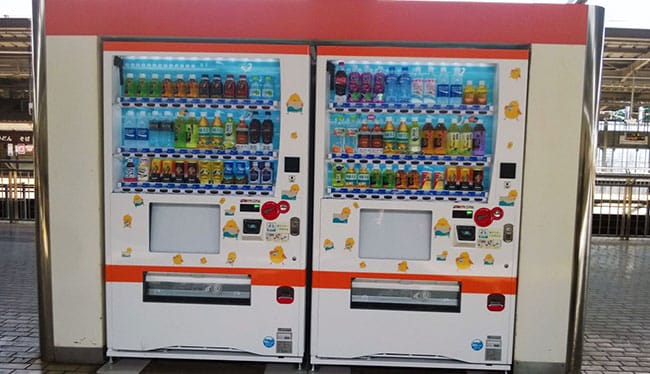
“Don’t be afraid to make a mistake. but make sure you don’t make the same mistake twice.” —Akio Morita, Sony Corp.
2. A Clean, Courteous, and Punctual Society
The cities and towns of Japan are remarkably clean. From factories to streets and from restaurants to temples, it is hard to find garbage, graffiti, or abused public infrastructure anywhere, even though garbage cans are almost nowhere to be found. Smart, hardworking and very accomplished, the Japanese have not forgotten their humility. Our hosts bowed on arrivals and departures, and they kept waiving their hands until our bus disappeared. Punctuality is both expected and respected. The average delay for bullet trains is around 30 seconds—how should I name it—punctuality or reliability?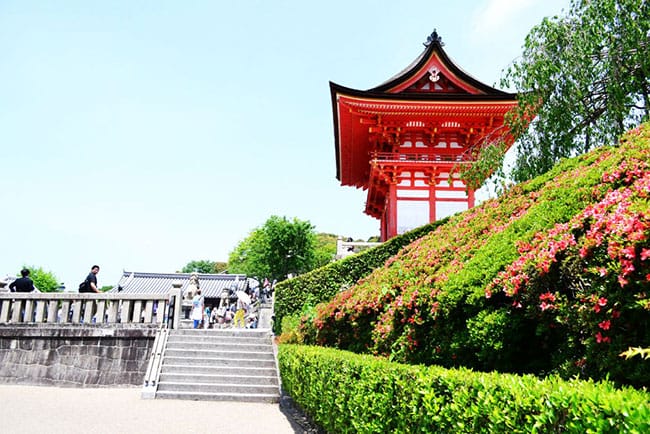
3. A Leader of Trailblazing Technologies
Japanese companies have not only innovated in the past, but they also are continuing the tradition of innovation with the changing times. Sony Walkmans may be outdated, but a visit to the Akihabara neighborhood of Tokyo highlights the Japanese’s love for gadgets and how these cool tools have evolved so quickly. Aeon has elevated the shopping experience to another level by introducing Family Malls for children and Pet Malls for the kitty, fido and fish, where your pets can have “water therapy” if they are suffering from any depression or despair.
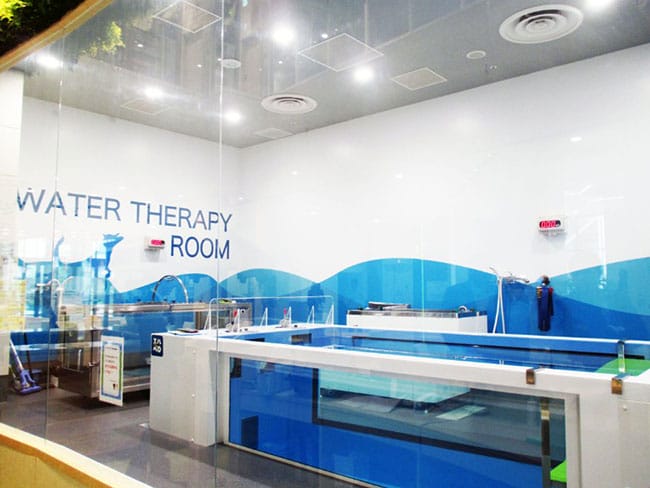
“Japan’s very interesting. Some people think it copies things. I don’t think that anymore. I think what they do is reinvent things. They will get something that’s already been invented and study it until they thoroughly understand it. In some cases, they understand it better than the original inventor.” —Steve Jobs, Apple Inc.
4. Freshness has a Different Description in Nippon
Who doesn’t love fresh food? However, freshness has a more stringent definition in Japan. I learned from a senior Aeon executive that their facilities start preparing fresh food at 12:01 a.m., kick off packaging within a couple of hours and head to the retail stores after 4:00 a.m., where the fish and sushi products are on the shelves waiting for customers before 6:00 a.m. Many of these delicacies are considered stale by the afternoon.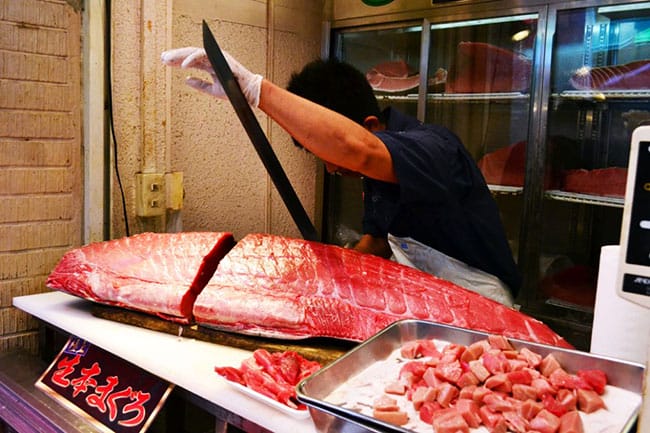
5. Sophisticated Safety Standards
A higher sense for safety and discipline is in the air—from factory workers following the rules, to the absence of jaywalking on the streets, to civilized entries and exits on the trains and planes. At train stations, tracks are protected by retaining walls and automatic doors that open on the arrival of a train and shut after its departure—so unlike the subways of New York City, no falling down on the tracks of Tokyo!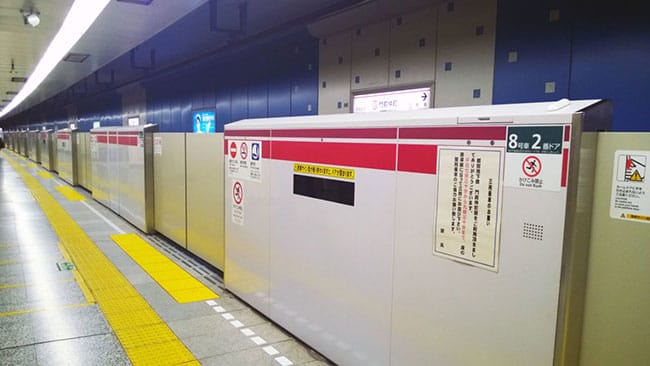
6. Integration of Seniors and Retired Personnel
Japan has the highest proportion of elderly citizens in the world with over 23 percent of the population above the age of 65, primarily attributed to a combination of low fertility and high life expectancy. The nation has not abandoned these veterans; rather, it has made efforts to seamlessly integrate them into the mainstream. One of our hosts at Daikin was an 82-year old former employee, currently working part-time, who served the company for over two decades. This group has so much potential to contribute, so why let such an experienced talent pool go unused?
7. Japanese Toilets will Amaze You!
Commodes have been elevated to an art form with a strong scientific backbone. Many toilets are automated and offer warm seating, touch-free seat movement, and some even play music while you do your business. They spray warm or cold water in multiple directions for a meticulous cleaning, and finally blow warm air to dry your rear or front.
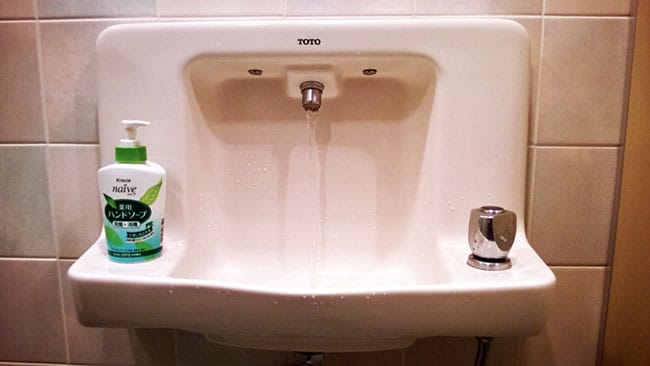
“Always ask: Will this make the customer happy?” —Konosuke Matsushita, Panasonic Corp.
8. Space Optimization is in the Japanese DNA
Are you an architect seeking space optimization or an engineer starving for efficiencies? Drop everything and head to Nippon to study how to efficiently and effectively use real estate or any other space, for that matter. In homes, factories, hotels and everywhere else, no space is wasted. Beds can fold against walls, buses have folding seats in the middle isle maximizing space utilization, parking lots are stackable, tiny yet practical in-wall washbasins are common in restaurants, and many home toilets have an integrated sink at the top to wash your hands requiring less space and resulting in no wastewater.
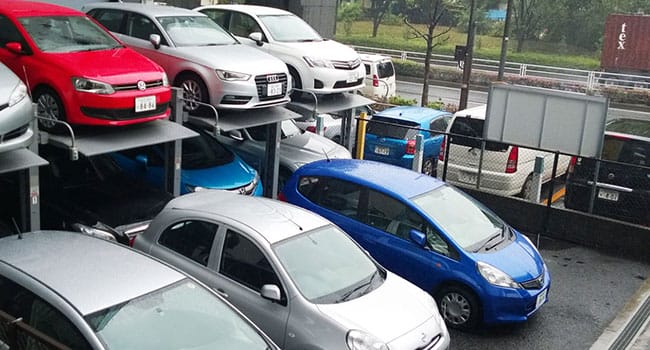
“Instead of being afraid of the challenge and failure, be afraid of avoiding the challenge and doing nothing.” —Soichiro Honda, Honda Motor Co.
Sayonara …
How many countries can afford to recover from the atomic bombings of two prominent metropolises like Hiroshima and Nagasaki, and still become world leaders with their perseverance and unimaginable hard work? A nation sitting on the Pacific Ring of Fire, once again, exemplified the same spirit after the 2011 disasters of Fukushima and Tōhoku by revitalizing its communities and commerce. Japan is very resilient and it has a lot more to offer than what is described in this short article. While Tokyo is the poster child of modern-day Japan, Kyoto showcases its legendary traditions, so a visit to Nippon must include these two capitals—the modern and the ancient.
Editor’s note: This post originally appeared on LinkedIn on July 31, 2014.
























